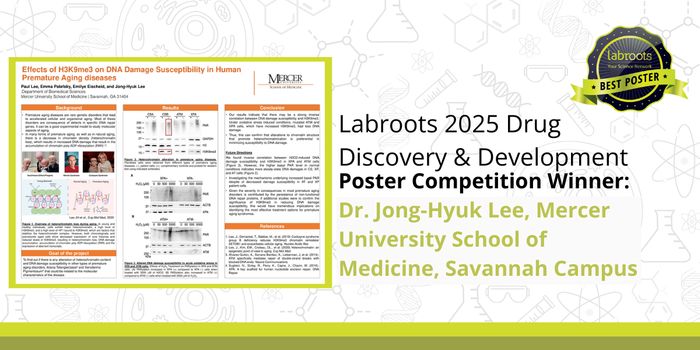Discovery of New Properties of an Anti-Tuberculosis Drug
Investigators at the University of Otago found novel properties of a new anti-tuberculosis drug which may inspire more new drugs to treat tuberculosis.
Tuberculosis (TB), as well as TB resistant drugs, are responsible for about 1.7 million global deaths per year.
In a collaboration, Greg Cook a professor at the Department of Microbiology and Immunology from the University of Otago and postdoctoral fellow Kiel Hards, have been studying one of the first recent TB drugs to be approved in decades. This anti-tuberculosis drug is called Bedaquiline and is sold under the brand name Sirturo.

"Bedaquiline is the first new drug to be developed after 40 years of searching for more effective drugs that combat TB and was only FDA (US Food and Drug Administration) approved in 2012," explains Greg Cook. "But one drug won't be enough to reverse a 40-year lull in drug-development, so our lab is actively searching for new TB drugs to complement Bedaquiline and expand the treatment options available to clinicians worldwide."
In fact, to create drugs that are strong enough to fight TB, the effective properties of Bedaquiline must be examined in detail.
"The most promising aspects of the drug are its ability to shorten treatment timeframe to eight weeks and that its target is unconventional for an antimicrobial. Bedaquiline disrupts the ability of M. tuberculosis to generate energy," explains Hard. "What we discovered is that the drug has a second activity or property that may explain how it is able to kill non-replicating cells. This second activity (termed ionophoric) involves the movement or shutting of ions across the mycobacterial membrane resulting in the dissipating of critical ion gradients needed for growth and survival."

Professor Cook believes that their research findings published in the international journal Proceedings of the National Academy of Sciences may have ramifications for other antibiotics.
"We believe that we can design more effective TB drugs if we include ionophore-like properties in a similar way to Bedaquiline," he says. "The 'biological electricity' that these ions normally create is key to energy generation and a whole series of other incredibly important cellular processes. It was already known that disrupting these ion gradients is lethal to M. tuberculosis but before Bedaquiline there were no drugs that could do this and be safe in humans."
Discovering novel properties of drugs are rare, noted by Professor Cook, because scientists usually focus on the main purpose or target of a drug which often allow them to ignore the secondary effects.
"Subsequent discoveries are usually serendipitous, but in the case of Bedaquiline we realized the previous data didn't explain how it could kill non-replicating cells and so we kept pushing to find the answer," says Cook. "Many researchers are now turning their attention back to focusing on how antimicrobials actually kill bacteria to uncover new pathways of cell death. These offer tremendous potential to develop new antimicrobials."
Source: Proceedings of the National Academy of Sciences, Science Daily








